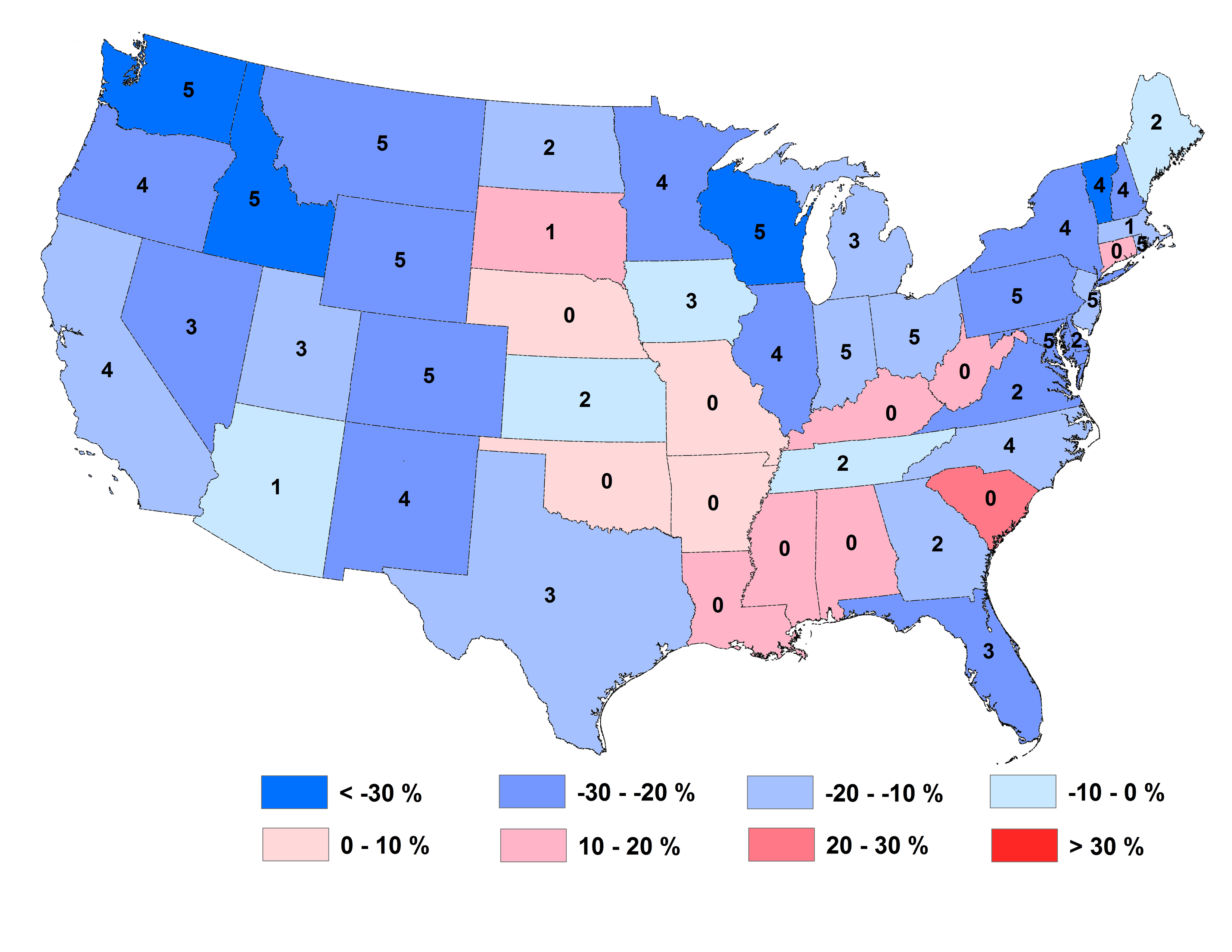How do we plan for use of a dwindling water supply?

Water is becoming a scarce resource around the world as rainfall becomes increasingly variable. U.S. public water supply systems are stressed. Climatic changes, along with people’s resistance to altering water usage, creates challenges in matching supply with demand. Dr. Sankar Arumugam, with Drs. Emily Berglund and Kumar Mahinthakumar, identified the principal drivers behind public water consumption to help develop strategies for increasing water use efficiency. In conjunction with investigators from Arizona State University and Florida International University, the team examined public water usage from 1985 to 2010. Factors examined included drought, population growth, wealth, education level, economic productivity, and investment in water infrastructure.
Significant differences were seen in water usage between the North and South. Northern populations have decreased, demand has lessened, and water usage efficiency has increased. In the South, population increased, demand for water increased, and efficiency decreased. This is in part a result of a larger number of individuals who own land in the South, which translates to more people watering lawns.
Efficiency has improved in urban counties relative to rural ones and in counties with higher income and education. However, the research showed that water utilities typically did not respond quickly enough to drought conditions, often waiting too long to enforce water use restrictions. This forces even more drastic responses by the utilities. The study was part of the Water Sustainability and Climate (WSC) initiative funded by the National Science Foundation.